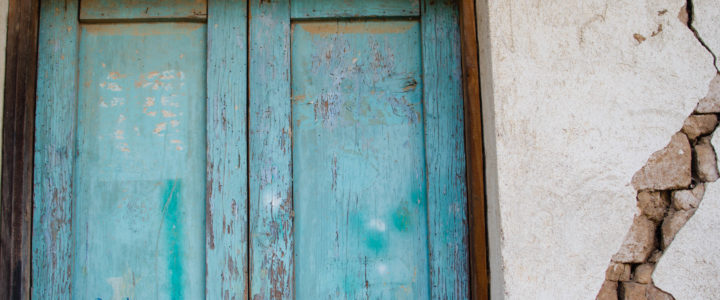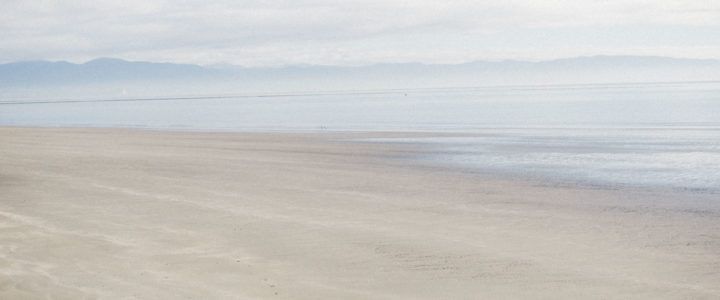Here’s my final analysis on race as a factor of earthquake vulnerability in Portland, OR. There are other interesting analyses done by my classmates: education, income, renters, gender, and age. Enjoy!
(Un)Natural Disasters
Causes and consequences of "natural disasters" (earthquakes, volcanic eruptions, landslides, tornadoes, hurricanes, fires, tsunamis), with a focus on the interplay between the human and physical landscapes that make these events so deadly and imbued with diverse meanings. Perspectives drawn from the humanities, social sciences, and natural sciences to examine both historical events whose consequences have played out and recent dramas whose aftermaths are still unfolding. Contrast of impacts and perceptions of these events with select examples of anthropogenic disasters (Chernobyl, Bhopal, Deep Water Horizon); anticipation of future natural disasters and consideration of the science of living with risk.
The More You Know: Adding a Layer to the PDX Vulnerability Assessment
This map might look very similar to the map I posted last week — and it is, but it also includes some other crucial data. This map now displays areas relative hazards in Portland split up into zones: Zone A being the highest danger (red), and Zone D being the lowest (pale yellow). These hazards include […]
Visualizing the Invisible: Portland’s Minority Populations
As our first project in (Un)Natural Disasters, we mapped the various vulnerabilities in our very own city: Portland, OR. The rationale behind this project was that colleges and universities are generally well-known in the community, and are known to have both material and human resources that could be of use to people. Therefore, they could potentially be […]


